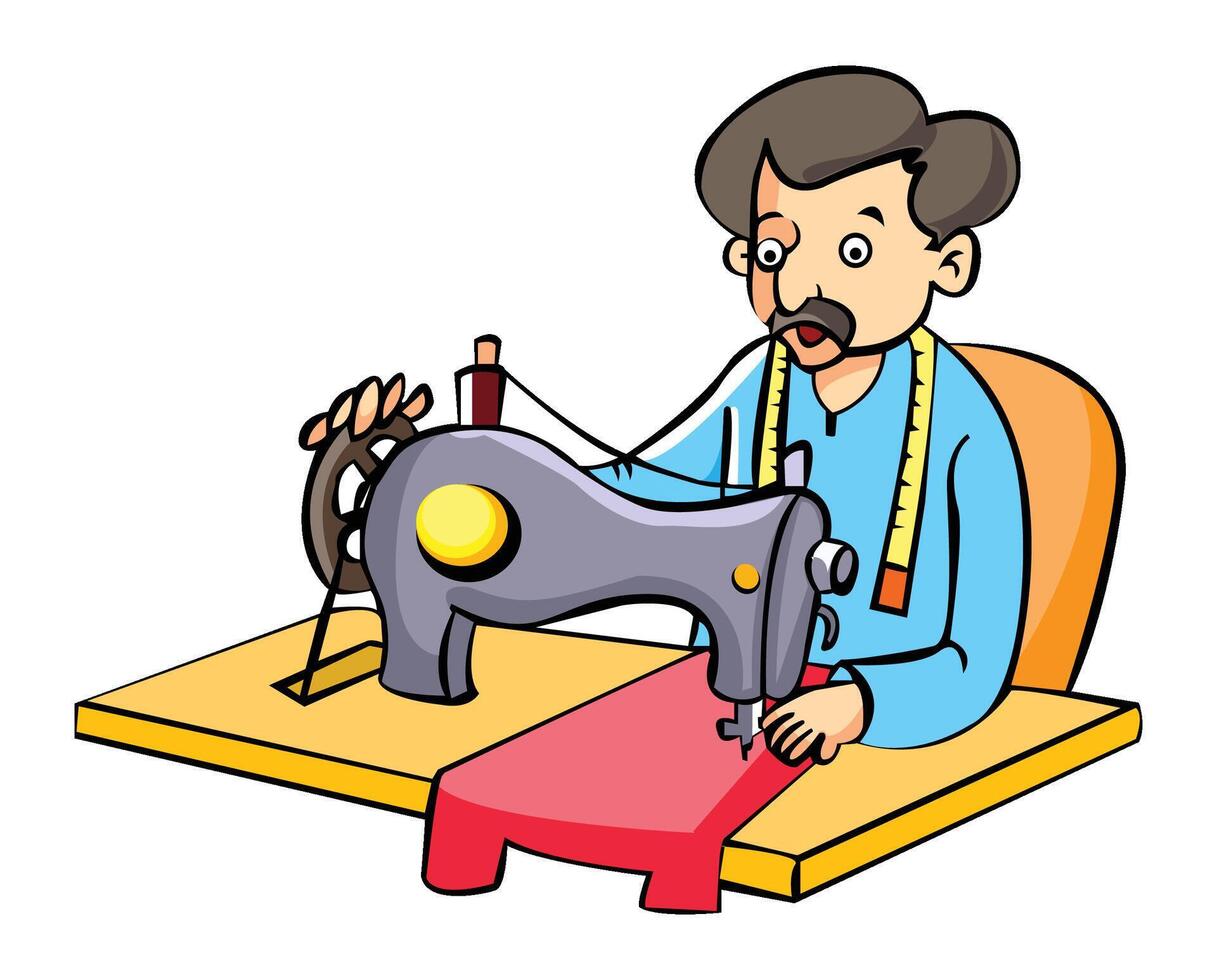Top Tailor Perth Services: Tailoring Solutions for Perfect Fits
Top Tailor Perth Services: Tailoring Solutions for Perfect Fits
Blog Article
Understanding the Tailoring Process: From Fabric Selection to Last Suitable for the Perfect Closet
The customizing procedure is a complex interaction of art and science, beginning with the important choice of textile selection and culminating in the exact modifications of final fittings. Each material type brings special high qualities that influence not only the visual charm but likewise the garment's long life and viability for various events. Recognizing the subtleties of customizing strategies can raise one's closet to extraordinary degrees of elegance. As we check out these aspects additionally, one must take into consideration just how also the smallest details can significantly impact the total result of one's individual style.
Importance of Material Selection
Picking the right material is crucial in the tailoring procedure, as it directly influences the convenience, durability, and general visual of the last garment (tailor perth). The option of material establishes the foundation for the garment's style, performance, and performance. Various textiles possess one-of-a-kind buildings, such as weight, breathability, and stretch, which can significantly influence how the garment drapes and fits the body
Furthermore, material choice impacts the garment's longevity and simplicity of care. Top notch materials can stand up to deterioration, keeping their look and framework with time, while lower-quality products may result in pilling or fading. Additionally, the best material contributes to the garment's ability to change throughout celebrations and periods, thus enhancing adaptability.
A tailored item made from a proper material not only showcases workmanship but also boosts the wearer's confidence. Subsequently, recognizing the nuances of textile choice is vital for any customizing undertaking. It makes certain that the end product not only fulfills the aesthetic needs of the client but also aligns with practical requirements, consequently attaining an unified balance in between form and feature in the tailored closet.
Kinds Of Fabrics and Their Usages
Comprehending the numerous sorts of textiles available is essential for making notified choices during the customizing procedure. Each textile possesses one-of-a-kind qualities that determine its viability for specific garments and occasions.
Cotton, understood for its breathability and softness, is suitable for casual wear and summertime clothing. Its convenience allows it to be customized right into everything from t-shirts to dresses. Woollen, on the various other hand, is preferred for its warmth and structure, making it a superb selection for formal fits and outerwear - tailor perth. Its all-natural flexibility helps garments maintain form over time.
Silk shows high-end and is light-weight, making it excellent for eveningwear and delicate blouses; nonetheless, it requires mindful handling because of its frailty. Bed linen, with its distinctive coating, is a prominent choice for cozy climates, providing a airy and crisp feel, but it wrinkles easily, which may impact the garment's appearance.
Synthetic fabrics, such as polyester and nylon, offer durability and resistance to creases, making them ideal for day-to-day wear and energetic garments. Recognizing these textile kinds and their homes permits better decision-making, ensuring that each tailored piece not only fits well but also straightens with the desired function and occasion.
The Tailoring Techniques Explained
The art of customizing relies upon a range of methods that change material into well-fitted garments. Central to this procedure is pattern preparing, where a tailor produces themes based upon the client's measurements and wanted style. This preliminary step guarantees that the garment will certainly fit the user correctly prior to any reducing happens.
Once patterns are developed, cutting strategies enter into play. Precision is extremely important as errors can cause misfitting garments. Tailors typically make use of numerous cutting approaches, such as single-layer cutting for detailed styles and multiple-layer reducing for effectiveness on basic patterns.
Basting is an additional vital technique, enabling dressmakers to temporarily sew fabric pieces with each other for a preliminary installation. This approach offers the chance to evaluate the drape and general shape before last sewing.
Seaming here methods, consisting of french seams and flat-felled seams, enhance the garment's resilience and visual appeal. Tailors likewise utilize methods such as interfacing and cushioning to offer framework and form to particular locations, like collars and shoulders.
Finally, finishing methods, consisting of hemming and edge finishing, make sure the garment's long life while supplying a sleek look. Together, these methods create the foundation of reliable tailoring, leading to exquisite, custom-fit clothing.
Suitable Modifications and Factors To Consider

Key considerations include the shoulder fit, which needs to neither droop nor restrict activity, and the sleeve length, which explanation should permit for comfy arm activity while preserving a polished look. Furthermore, modifications at the waistline can improve the shape, with options to let out or take in fabric as required.
The rise of pants is one more crucial factor; it needs to sit comfortably over the hips without triggering discomfort, enabling simplicity of movement. Hemming sizes for both trousers and skirts need to show the user's favored design while appreciating proportions.

Maintaining Your Tailored Garments
Proper maintenance of tailored garments is vital to maintaining their fit and look with time. To make sure long life, normal cleansing is extremely important. Constantly adhere to the treatment tag guidelines, which might advise completely dry cleansing for fragile materials or machine washing for even more sturdy products. Stay clear of constant laundering, as this can use down the textile and alter the garment's form.
Storage is just as vital; use padded wall mounts for coats and coats to keep shoulder framework, and shop trousers folded up nicely or hung to stop creasing. Shield garments from direct sunshine, which can fade colors and damages fibers.
Furthermore, periodic inspections for minor repair work can stop bigger issues. Check for loosened buttons, fraying seams, or indicators of moth damages, dealing with these troubles without find out this here delay to maintain the garment's stability.
Lastly, take into consideration seasonal rotation. Wearing customized pieces in small amounts permits materials to recoup, prolonging their lifespan. By carrying out these maintenance approaches, you can ensure that your customized garments remain as immaculate as the day you first used them, enhancing your suitable closet for years ahead.
Verdict
The tailoring procedure, including material selection, knowledgeable methods, and specific fitting modifications, plays an important function in producing garments that boost both comfort and design. Each phase contributes to the total efficiency of the last product, making certain that clothes not just fits well yet additionally reflects private identification. Understanding the significance of upkeep prolongs the life of customized garments, solidifying their value in a well-curated wardrobe. A detailed strategy to customizing culminates in a polished and certain appearance.
Picking the appropriate textile is important in the tailoring procedure, as it straight affects the convenience, sturdiness, and total aesthetic of the final garment. The selection of textile establishes the foundation for the garment's style, functionality, and efficiency. Various materials possess distinct residential or commercial properties, such as breathability, weight, and stretch, which can considerably influence exactly how the garment drapes and fits the body.
The art of tailoring relies on a selection of methods that transform textile into well-fitted garments.The customizing procedure, incorporating material option, skilled strategies, and accurate suitable modifications, plays an important role in producing garments that boost both comfort and design.
Report this page